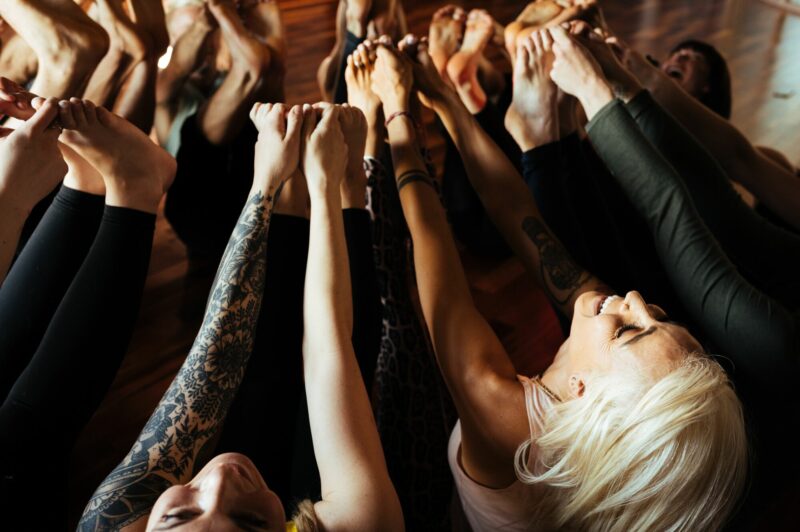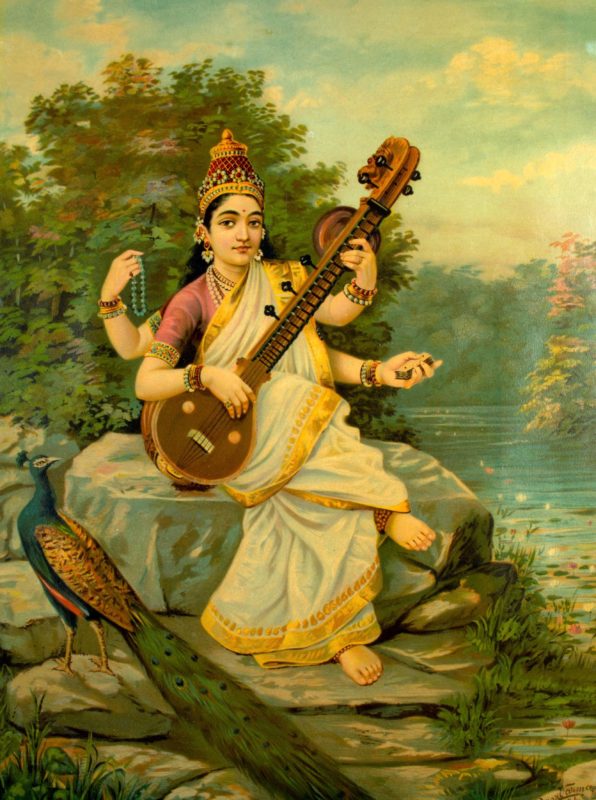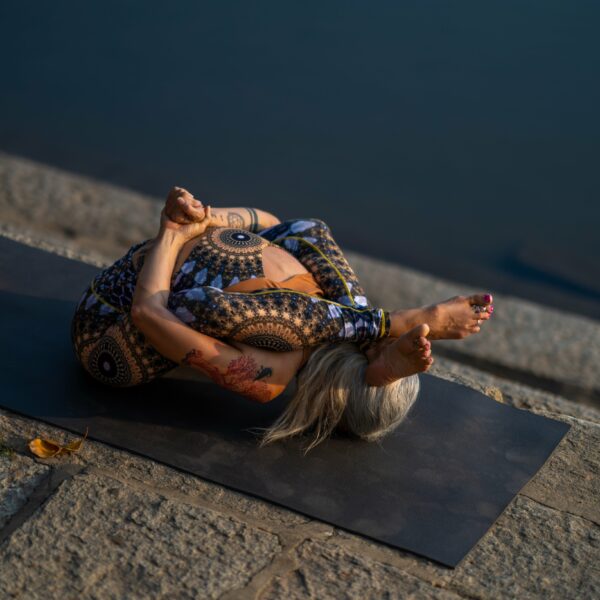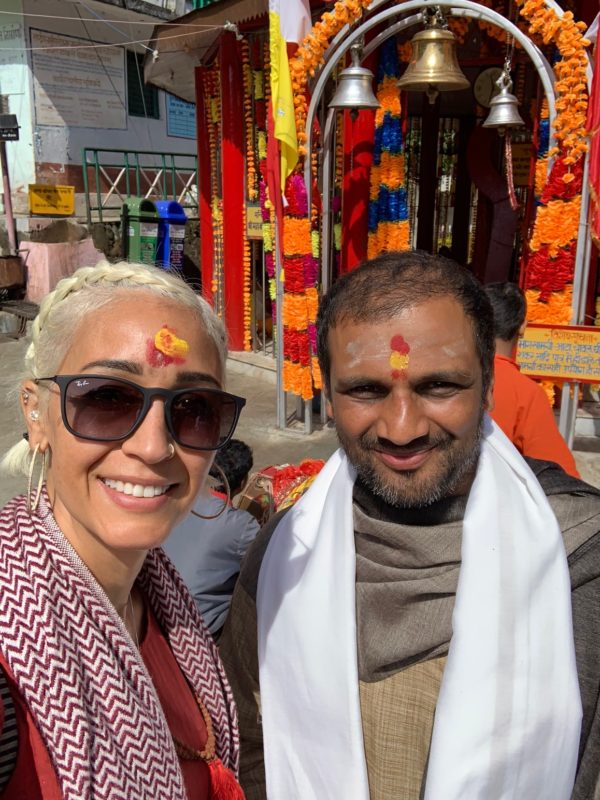The Primary Series of Ashtanga Yoga
The entire Primary Series of the Ashtanga asana system taught in the traditional format with Sanskrit names and vinyasa count.
Ashtanga Mysore
The Ashtanga Yoga method is built around the Mysore style practice named after Mysore, India, where yoga was taught this way by Sri K. Pattabhi Jois. Ashtanga Yoga continues to be taught this way in traditional Ashtanga Yoga schools around the world such as Salt Lake Ashtanga Yoga at The Front Climbing Club. Mysore is unique compared to other asana classes, as each person practices at their own pace without interruption. The peaceful sound of deep breathing permeates the room. The teacher assists, adjusts, gives new poses as the student is ready, and discusses each individual’s practice with them when needed. Those new to Ashtanga are taught at a pace that helps them take the time to memorize the sequence and learn the postures, breathing and gazing points correctly.
Intro to Mysore special 2-3 hour Orientation class – SJ will explain this fascinating system of Yoga from Mysore, India, and walk you through your first Mysore experience. You will learn, practice, and memorize the first and last part of this brilliant sequence. This special class is for anyone interested, regardless of whether you’ve never done yoga or are an experienced asana practitioner.
Mysore Ashtanga is a unique, traditional way of practicing Ashtanga Yoga from Mysore, India in the tradition of legendary Yogi Sri T. Krishnamacharya. This intelligently sequenced yoga system is intended to be practiced 5-6 days a week and increases strength, flexibility, balance, stamina, and focus. Each person learns and practices at their own pace under the guidance of the teacher who assists, supports, and teaches new asanas as the student is ready.
Primary Series intro – you will learn the fundamentals of the Primary Series of Ashtanga Yoga, which includes Surya Namaskaras A & B (sun salutations), the standing series, the seated sequence, backbends, inversions, and a more in-depth knowledge of how to do the specific breath. In a Mysore class situation, it could take weeks, months or years to learn, depending on a person’s dna, life situations and yoga experience.
Led Primary Series – The full Primary series of the Ashtanga system taught in the tradition of master Yogi Sri T. Krishnamacharya of Mysore, India and led together as a group. This intelligently sequenced practice involves synchronizing the breath with a progressive series of sun salutations and postures. We practice a full range of asanas after warming up with sun salutations, concluding with backbends, inversions, a short sitting and breathing practice and a relaxing rest to ground and assimilate. The teacher calls out the asana names & vinyasa counts in Sanskrit and counts each breath to encourage a seamless, meditative, guided flow. Afterward, we may likely do a few minutes of sanskrit chanting practice.
**This class is not suited for complete beginners, it is an advanced practice that needs preparation. We recommend that one participate in Mysore class for a matter of months and consult the teacher before attending full primary series.
Intermediate Series of Ashtanga Yoga – aka Nadi Shodhana, is a unique and advanced practice that will challenge the yoga practitioner on every level physically and mentally. Intermediate Series is nerve cleansing, front body opening, takes the practitioner deeper into their strength and flexibility, and should always be learned directly from an experienced teacher. Intermediate series offers new and different twists, forward folds, backbends, hip openers, balancing postures and strength asanas in an intelligently sequenced layout that is rumored to be thousands of years old.
Traditionally, this sequence is only taught under the watchful eye of a teacher to those that have attained proficiency in all the asanas of the Primary Series, which can take years of daily practice. I generally teach one or two asanas/vinyasas at a time, allowing the student to slowly and safely assimilate the new asanas into their system.
Sanskrit Chanting
Fall in love with this unique, traditional, meditative yoga practice, I invite you to join me for some high vibrational call-and-response style chanting in Sanskrit, the language of Yoga. You will receive a printed chant sheet to read from as well. Chanting contributes to inner peace, group harmony, and bodily health. Come give it a try and see if you fall in love with this ancient yogic practice! I have been studying and practicing Sanskrit chanting with my wonderful chanting teacher, Lakshmisha Bhat, for years. I can not promise to chant with perfect Sanskrit pronunciation and elocution, I am working on it, but the Bhakti is there!

photo credit: Tommy Chandler

Private Lessons
Sarah Jane is available for private lessons for any sized group or individual lessons at your place or at your choice of yoga shalas. These fun and personalized lessons are designed around your wants, needs and lifestyle. Private Yoga therapy sessions are offered for those with health issues or injuries.
Contact SJ to schedule training or private lessons
 Saraswathi is often depicted as a beautiful woman dressed in pure white, often seated on a white lotus, which symbolizes light, knowledge and truth. She not only embodies knowledge but also the experience of the highest reality. Her iconography is typically in white themes from dress to flowers to swan – the colour symbolizing Sattwa Guna or purity, discrimination for true knowledge, insight and wisdom.
Saraswathi is often depicted as a beautiful woman dressed in pure white, often seated on a white lotus, which symbolizes light, knowledge and truth. She not only embodies knowledge but also the experience of the highest reality. Her iconography is typically in white themes from dress to flowers to swan – the colour symbolizing Sattwa Guna or purity, discrimination for true knowledge, insight and wisdom.
Her dhyana mantra describes her to be as white as the moon, clad in a white dress, bedecked in white ornaments, radiating with beauty, holding a book & a pen in her hands. The book & the pen represent knowledge.
She is generally shown to have four arms, but sometimes just two. When shown with four hands, those hands symbolically mirror her husband Brahma’s four heads, representing manas (mind, sense), buddhi (intellect, reasoning), citta (imagination, creativity) and ahamkāra (self consciousness, ego). Brahma represents the abstract, she action and reality.
The four hands hold items with symbolic meaning — a pustaka (book or script), a mālā (rosary, garland), a water pot and a musical instrument (vīnā). The book she holds symbolizes the Vedas representing the universal, divine, eternal, and true knowledge as well as all forms of learning. A mālā of crystals, representing the power of meditation, inner reflection and spirituality. A pot of water represents the purifying power to separate right from wrong, the clean from the unclean, and essence from the inessential. In some texts, the pot of water is symbolism for soma – the drink that liberates and leads to knowledge. The most famous feature on Saraswati is a musical instrument called a veena, represents all creative arts and sciences, and her holding it symbolizes expressing knowledge that creates harmony. Saraswati is also associated with anurāga, the love for and rhythm of music, which represents all emotions and feelings expressed in speech or music.
A hamsa or swan is often located next to her feet. In Hinduism, the hamsa is a sacred bird, which if offered a mixture of milk and water, is said to be able to drink the milk alone. It thus symbolizes the ability to discriminate between good and evil, essence from outward show and the eternal from the evanescent. Due to her association with the swan, Saraswati is also referred to as Hamsavāhini, which means “she who has a hamsa as her vehicle”. The swan is also a symbolism for spiritual perfection, transcendence and moksha.
Sometimes a citramekhala (also called mayura, peacock) is shown beside the goddess. The peacock symbolizes colorful splendor, celebration of dance, and – as the devourer of snakes – the alchemical ability to transmute the serpent poison of self into the radiant plumage of enlightenment.
She is usually depicted near a flowing river or other body of water, which depiction may constitute a reference to her early history as a river goddess.


